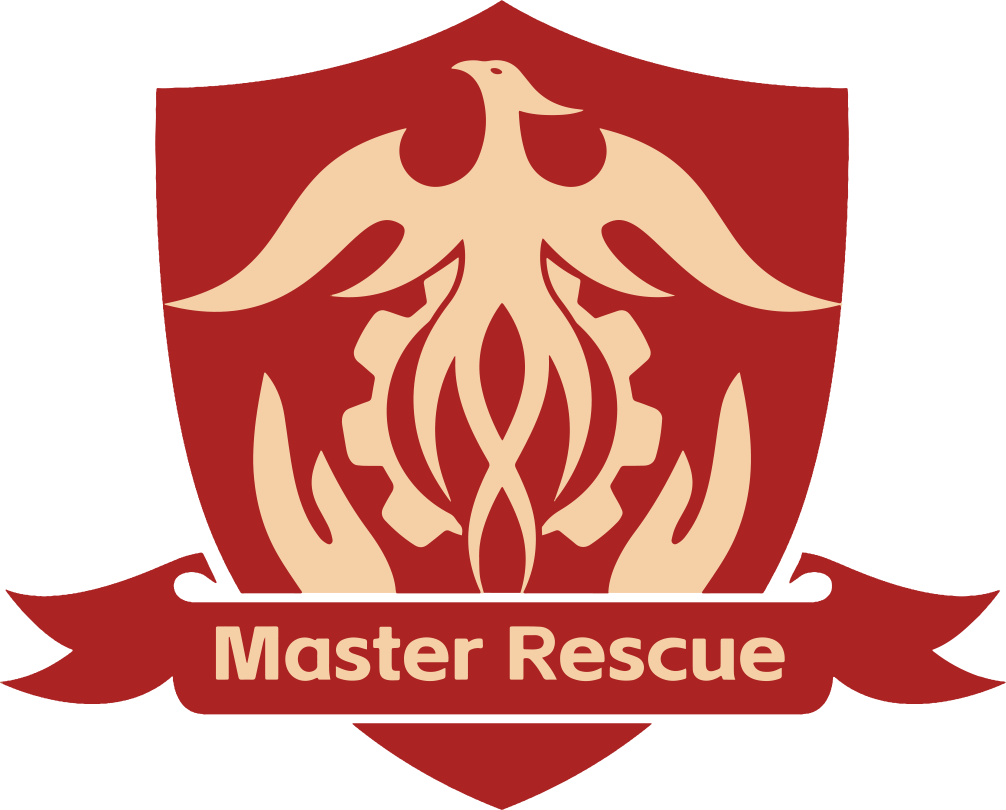The vented chest seal is an advanced medical device designed to treat sucking chest wounds and prevent tension pneumothorax. These chest seals are essential for first responders, military personnel, and emergency medical teams, offering quick and effective wound closure to stabilize trauma patients in critical conditions.
Why Choose a Vented Chest Seal?
- Prevents Air from Entering: A vented chest seal is equipped with a one-way valve that stops external air from entering the pleural cavity. This is crucial to prevent collapsed lungs (pneumothorax) after chest trauma.
- Allows Air to Escape: The valve design also ensures that air trapped in the chest cavity can escape, significantly reducing the risk of tension pneumothorax. This pressure buildup could otherwise result in life-threatening complications like heart compression and respiratory failure.
- Quick and Effective: In emergency situations, especially in high-stress environments, applying a vented chest seal quickly can be the difference between life and death. Its design allows for fast application, often with one hand, making it ideal for use in combat, accidents, or disaster zones.
How to Use a Vented Chest Seal
- Prepare the Seal: Open the sterile packaging, ensuring the seal is not compromised.
- Apply the Seal: Position the chest seal directly over the open wound, making sure it adheres well to the surrounding skin. Press the edges firmly to create an airtight seal.
- Vent the Air: The one-way valve will allow trapped air to escape from the pleural cavity, preventing pressure buildup. Ensure the seal stays intact during patient transport.
- Monitor the Patient: Continue to monitor the patient for signs of improved breathing or any complications, such as the seal becoming dislodged.
Applications of Vented Chest Seals
- Military and Combat: In the battlefield, chest injuries from gunshots, explosions, or shrapnel are common. Vented chest seals play a crucial role in stabilizing patients until they can receive advanced care.
- Emergency Medical Services: For paramedics and EMTs, the vented chest seal is a vital part of the first aid kit. It is used to manage chest wounds quickly, especially when transporting patients to a hospital.
- Civilian Accidents: Car crashes, industrial accidents, or even falls can lead to chest injuries. Vented chest seals help first responders minimize the risk of life-threatening complications in these situations.
